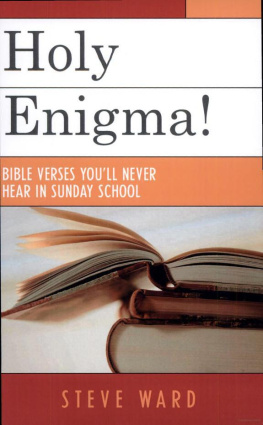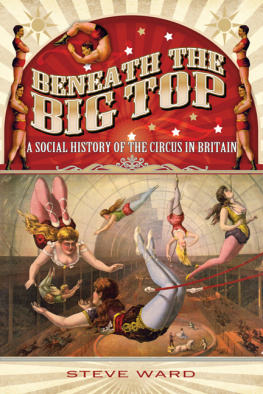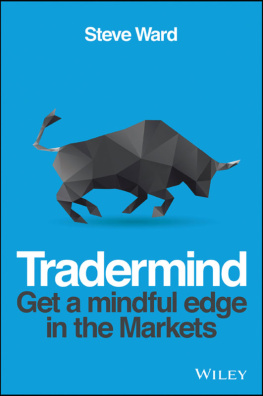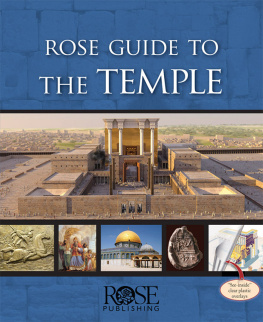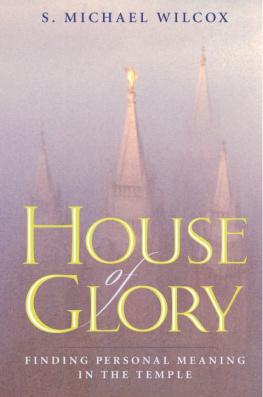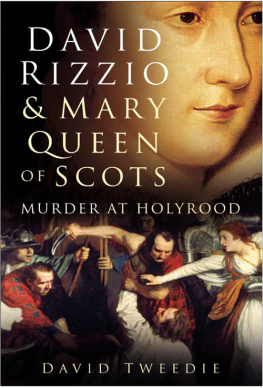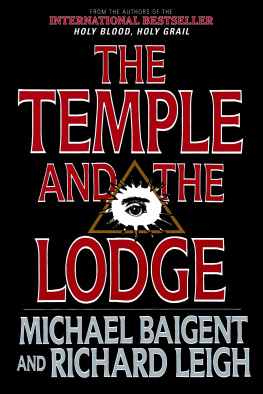Tales from the Big House: Temple Newsam
For Linda
Tales from the Big House: Temple Newsam
The Hampton Court of the North, 1,000 years of its History and People
Steve Ward
First published in Great Britain in 2017 by
Pen & Sword History
an imprint of
Pen & Sword Books Ltd
47 Church Street
Barnsley
South Yorkshire
S70 2AS
Copyright Steve Ward 2017
ISBN 978 1 47389 335 1
eISBN 978 1 47389 337 5
Mobi ISBN 978 1 47389 336 8
The right of Steve Ward to be identified as the Author of this Work has been asserted by him in accordance with the Copyright, Designs and Patents Act 1988.
A CIP catalogue record for this book is available from the British Library
All rights reserved. No part of this book may be reproduced or transmitted in any form or by any means, electronic or mechanical including photocopying, recording or by any information storage and retrieval system, without permission from the Publisher in writing.
Pen & Sword Books Limited incorporates the imprints of Atlas, Archaeology, Aviation, Discovery, Family History, Fiction, History, Maritime, Military, Military Classics, Politics, Select, Transport, True Crime, Air World, Frontline Publishing, Leo Cooper, Remember When, Seaforth Publishing, The Praetorian Press, Wharncliffe Local History, Wharncliffe Transport, Wharncliffe True Crime and White Owl
For a complete list of Pen & Sword titles please contact
PEN & SWORD BOOKS LIMITED
47 Church Street, Barnsley, South Yorkshire, S70 2AS, England
E-mail:
Website: www.pen-and-sword.co.uk
Acknowledgements
I n compiling this book I have received help and support from many people. Although they are far too numerous to mention in full, I would specifically like to thank the following:
Rachel Conroy, Curator of Temple Newsam House; Kitty Ross, Curator of the Abbey House Museum; Lucy Moore, Projects Curator for Leeds Museums; Lord Halifax; Julie Holroyd and Adrian Thompson, Visitor Assistants at Temple Newsam House; Derek Voller; Lis Burke; Neil Clifton; Richard Thomson; David Pacey; The West Yorkshire Archive Service; The Borthwick Institute; The Thoresby Society; Imperial War Museums, London; The British Red Cross Archives; The Shakespeare Birthplace Trust Archives; The Leeds Library; The Royal Archives; Heritage Technology Ltd; members of the general public and, of course, my wife Linda for her endless patience.
Foreword
A student of mine once said to me that history is boring and what is the need to study it? It is only about dead people and the past; we should be looking to the future. Well, I would argue differently. History is all around us and we cannot escape from it. What we do today is history in the making; the future is history that has not yet happened. We are all part of history; it is that giant tapestry upon which we weave our own individual stories. History is not dead; it is very much still alive. Einstein once said that the concept of the past, present and future is only an illusion however persistent. If we follow his theories, however complex they may seem, we can understand that, on the space-time continuum, the past has not gone and neither is the future non-existent. The past, present and future can all exist in the same way.
This is all very well for scientists but most people live their lives in the now and consider the past to be gone and no longer existent. But let me try to give an example: you visit a friend one evening and then you say goodbye and leave. That goodbye still exists as a moment in time even though physically you may have moved on in time and space. You can still revisit that moment in your memory or, if that moment was photographed or filmed, via that medium also; the moment still exists for you and that historical moment (for it has happened) is still alive. This works of course if an event happens within your living memory or within a period subsequent to the invention of a recording medium. But there are other tangible ways in which history can still be alive through artefacts and buildings.
The other day I spent time in an archive handling and reading letters from the seventeenth century. Someone all those years ago had taken up their pen, dipped it into ink and written those words on that paper. As I read them I shared the moment of nowness with the writers; their now and my now had coincided at that point. It is the same principle with buildings and viii Tales from the Big House: Temple Newsam other structures. If you visit Temple Newsam, and I sincerely hope that you will, place your hand on a brick in an outer wall. Consider that brick was made by someone, loaded and carried to Temple Newsam by another and then laid by yet another person. As you touch that brick, you momentarily share a common nowness with all those people who may have handled that brick in one way or another. Similarly when inside the house, pause for a moment and consider who has walked that piece of floor before you, and who has stood in that room you are standing in. As you walk through the house think of the people who may have lived or worked there; people who laughed and cried, argued and made love, and children who ran about. Listen to the house and get a feeling of that. If you allow your now and their now to meet, however briefly, then you will experience the livingness of history.
We are blessed in Britain in that we have so many organisations dedicated to preserving our heritage. Some are very well known, such as Historic England, English Heritage and the National Trust. Others are perhaps a little less well known but equally important the Ancient Monument Society and the Gardens Trust, for example. Some are focused on particular periods, such as the Georgian Society and the Victorian Society, and others are dedicated to specific buildings or skills, such as the Theatres Trust or the British Institution of Organ Studies. Across the British Isles we have countless monuments to our past, including castles, monasteries, churches, cathedrals, country houses and stately homes. Some are maintained and preserved by government funding or through charities, and others are still privately owned. For visitors it seems that you need not have travelled but a short distance before you stumble across some ancient edifice erected to the glory of a bygone age. Yet each one has a different story to tell.
This is just the case with Temple Newsam House and Estate. Standing only a few miles from Leeds in West Yorkshire, it is now a quiet haven of tranquillity where many visitors come to picnic or stroll through the extensive grounds and admire the beauty of the house. But I wonder how many actually take the time to stop to think about who has walked the ground before them?
Temple Newsam has a long history, almost one thousand years of it, dating back to before the time of the Norman Conquest and long before the current house was built, or even the name used. Temple Newsam House celebrates its 500th anniversary in 2018. Throughout its time it has survived wars, plagues and social upheaval. But a house is just bricks and mortar, and whilst we can learn much from the architecture, the true story of a house lies with the people who lived in it, and Temple Newsam is no different. Many people have lived, worked and died in the house during its existence. Some have been illustrious, some notorious and some as ordinary as you and me. Some of those names we may instantly recognise Lancelot Capability Brown, Lord Darnley, and Joseph Priestley to name but a few; others have been lost in the mists of time but are, nonetheless, equally fascinating.


